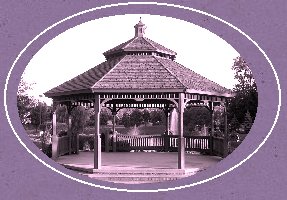 |
About
Kirtland
Country : United
States of America
State : Ohio
County : Lake
County
Population:6.670
(census 2000) |
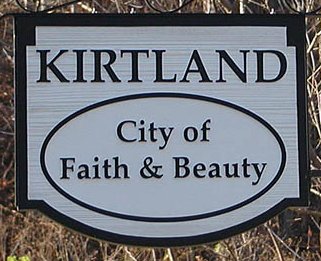
|
In 1796,
when Moses Cleaveland and his party completed the initial survey of Northeast
Ohio for the Connecticut Land Company, the area that is presently known
as Kirtland was just one of the hundreds of five-mile-square sections dividing
the "Western Reserve" into an arbitrary but uniform grid. At first these
sections (“townships”) were merely identified

A significant
era in Kirtland’s history began in 1831 with the arrival of Joseph Smith
and his followers, seeking a home for their fledgling Mormon Church. Whitney
became an early convert to Mormonism, and his store became the temporary
headquarters for the movement.
|
by
numbers on a map. Upon settlement a name was chosen, and Kirtland Township
would derive it’s name from Turhand Kirtland, one of the stockholders in
the Connecticut Land Company and its general sales agent.
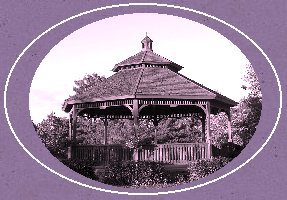
The
first known resident of Kirtland was a man named Christopher Crary, who
cleared his land for a small farm around 1810. Others soon followed, most
seeking the self-sufficiency provided by small farms but some possessing
the entrepreneurial ambition to build a sawmill, a grist mill, a wool carding
factory, a chair-making factory and other small industries along an eastern
branch of the Chagrin River that passes through Kirtland. A pocket furnace
here produced the first cast iron plows made in the Western Reserve.
|
|
Although
religious freedom is a founding principle of the United States, many aspects
of the Mormon’s beliefs, practices and communal way of life were considered
extremely radical by their neighbors, resulting in heavy persecution everywhere
they went. It was no different even in a remote place like Kirtland. Through
great personal sacrifice and communal effort, the group built the first
great Mormon Temple at Kirtland, a large and striking stone edifice finished
in 1836. The failure of a bank organized and mismanaged by Smith caused
the group to flee Ohio in 1838 to avoid prosecution, but the temple they
left behind remains standing today as a National Historic Landmark and
a primary attraction to visitors, especially those of the Mormon faith.
Whitney’s original store is now a museum and a Mormon-led effort to recreate
the historic early settlement around it is presently underway.
|
Another
early resident, Newell K. Whitney, opened a successful general store.
|
Another
historic church structure that that is a landmark in Kirtland lies at the
opposite side of the town.
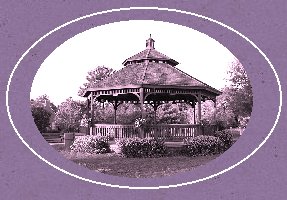
|
Known as Old South Church, a congregation began meeting here in 1819 in
a log cabin used for their religious services. This church burned down
and its replacement was nearly destroyed in a hurricane. The present structure,
a stately, classic New England design, was built in 1859 with a belfry
and steeple added later.
|
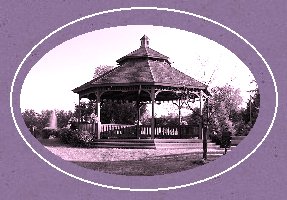
|
It
was used by surveyors for many years as a fixed point to establish property
lines in Kirtland.
|
Kirtland remained a tranquil,
predominantly agricultural area well into the 20th century. Residential
growth was slow,
Kirtland is home to the
Holden Arboretum, the largest such facility in the United States covering
3400 acres (although overflowing into adjacent townships). Additionally,
three major parks in the Lake County Metropark System fall within Kirtland’s
boundaries: Chapin Forest Metropark (390 acres), the Penitentiary Glen
Nature Center (400 acres) and Lake Farmpark (235 acres), each attracting
many thousands of visitors annually.
|
|
During
the 1990's Kirtland centralized its municipal functions into a newly constructed
Community Center, incorporating the Town Hall and Police Department, a
new Public Library Building and meeting facilities for numerous public
organizations and community functions. A park area in front of this center
contains the bandstand that you see here, which was dedicated in 1997.
It is a simple, generic wooden design, typical of the Amish-crafted construction
seen at numerous locations through the Western Reserve. During the summer
months, a regular schedule of Sunday-evening concerts are held at the bandstand
for the enjoyment of the Kirtland public.
|
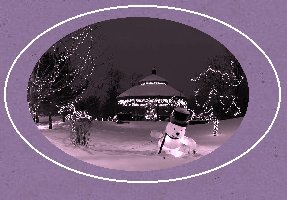 |
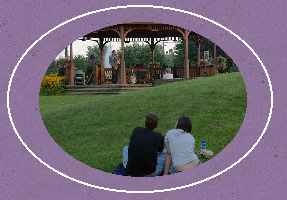
|
August 6,2006
Ed Michaels
Jazz Group
at Kirtland
|
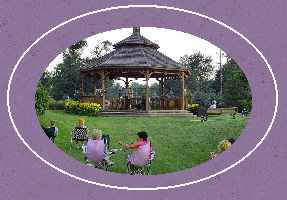
|
With its historic
old churches and numerous splendid of parks,
Kirtland’s city
motto seems quite factual and appropriate: “A City of Faith and Beauty.”
| |
|
Crédits
|
 |
Mormon Kirtland Note,
Ohio, $10, 1837-1839 |
|
Links
|
|
Pictures
and information
|
Vic Cooke
|
pbase Artist
Vic Cooke
|

|
 |
To see it
on Google-Earth
|
Lattitude
: 41.61852
|
|
Longitude
: -81.35714
|
|
|

|
|
|